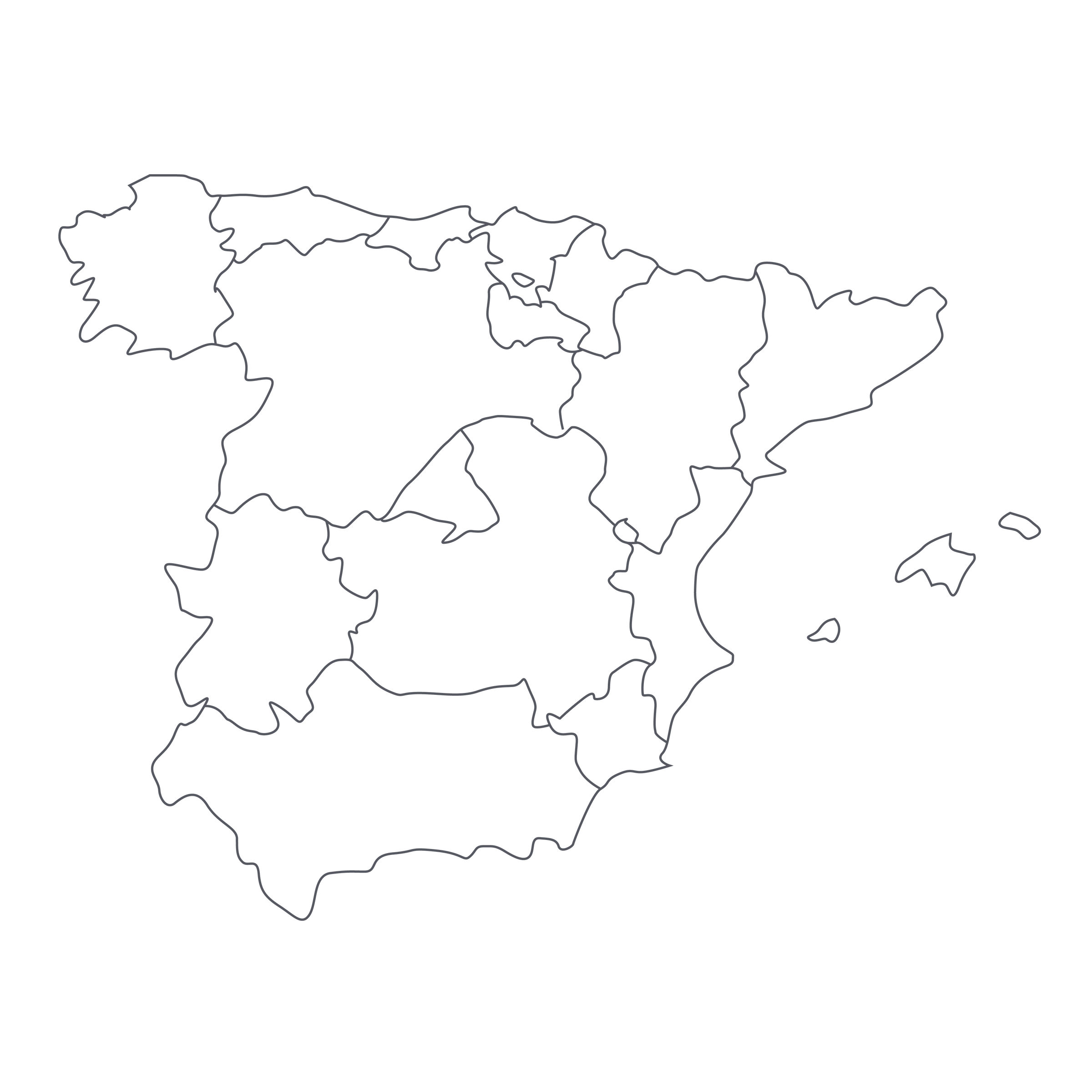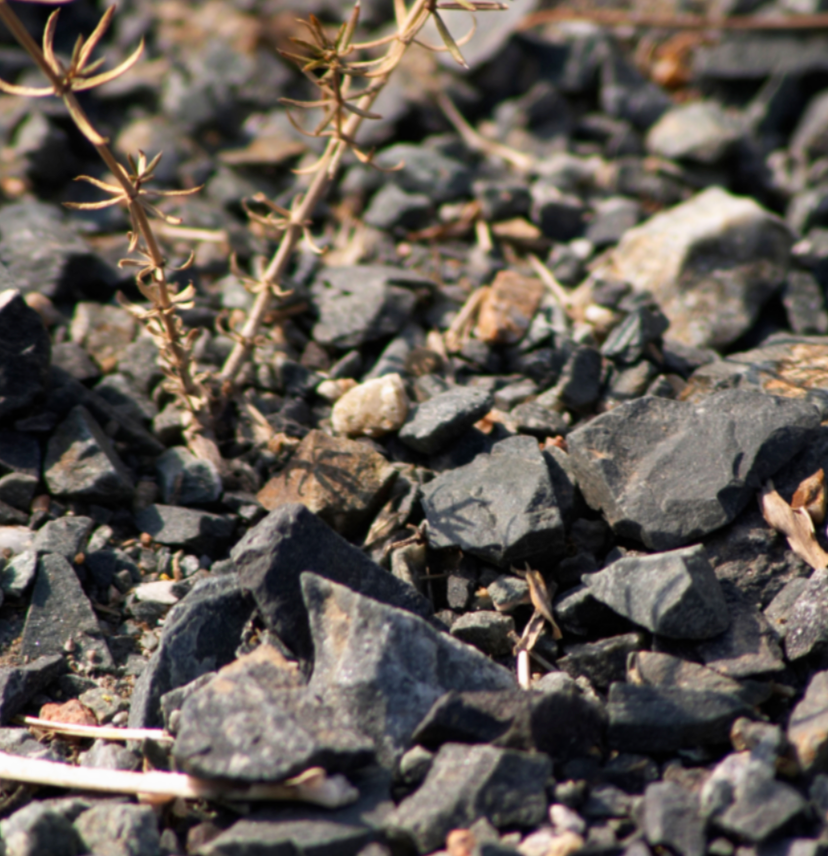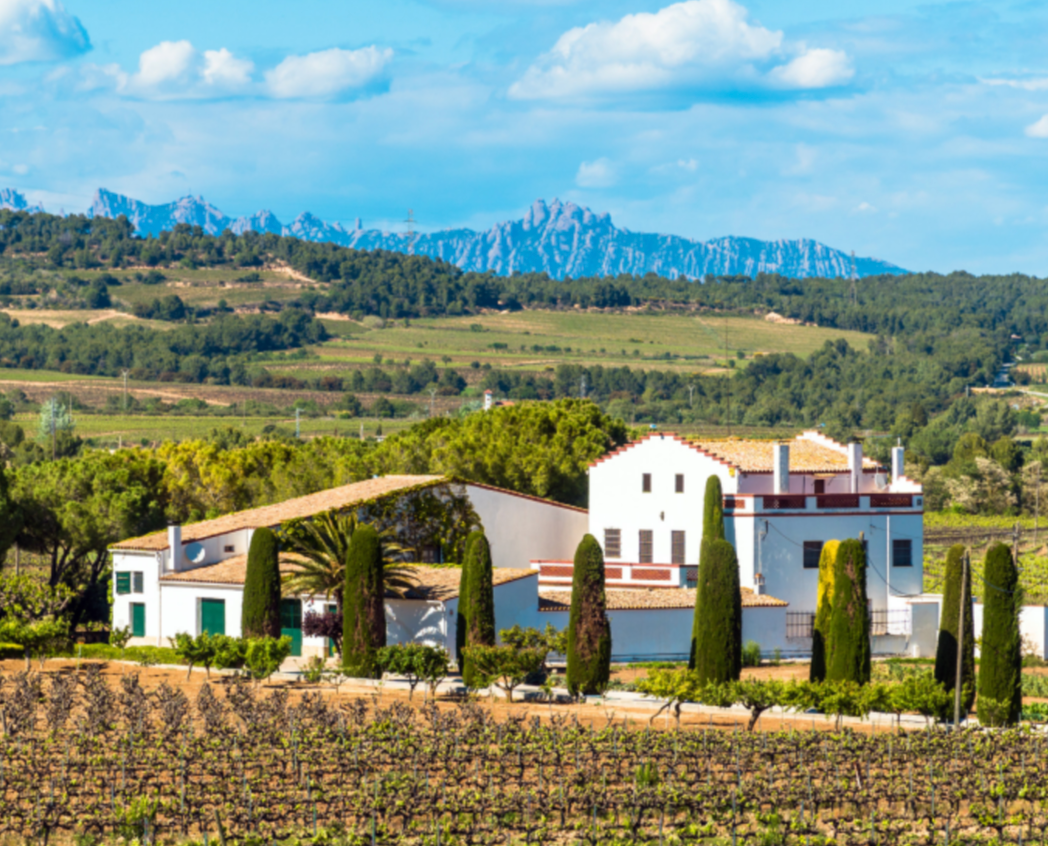As I’ve shared before, my early years in the wine world coincided with a particularly uninspiring era for Spanish wine in the US. In recent history, many—if not most—red wines imported from Spain were flat, dark purple, dripping with syrupy oak and alcohol while possessing little true “terroir” character. Thankfully in the last decade, a few outstanding small US importers like José Pastor and André Tamers have heralded a renaissance for producers of more terroir-driven, esoteric, regional Spanish wines—many of them from Galicia. Galicia is a large region in northwest Spain, wedged in between the Basque country and Portugal’s northern border. The area’s cold Atlantic climate does not make for easy farming, but it is ideal for producing wines of impressive finesse and mineral purity. Galicia’s top red wines combine the finesse of Burgundy, the savoriness or Saumur-Champigny and the brooding depth of the northern Rhône—all tied together with an electricity and aromatic palate that is uniquely Spanish.
For me, the single top producer in Galicia is Luis Anxo Rodriguez Vázquez. He farms a mere 5 hectares spread across over 100 miniscule vineyard parcels in the rural Galician village of Arnoia. This is a densely wooded area, and his vines cling to the granite hillside at 1,000 feet elevation. There are numerous grape varieties, soil sub-types, and microclimates in Arnoia and each express their own voice brilliantly in Luis various cuvées. After studying viticulture and enology at the University of Madrid, Luis made numerous pilgrimages to the great appellations of Europe before bottling his first vintage in 1988. Almost three decades later, Luis' small “one man show” has earned a singular status in the region. Simply put, these are some of the best and most cellar-worthy wines produced in Spain.
In the glass, the 2011 Luis Anxo Rodriguez Vázquez Ribeiro “Eidos Ermos” is brilliant, and bright purple with red at the rim—the wine’s youth and energy is evident. This same energy is present on the palate with bright, mouthwatering gulpability and a pronounced lip smacking quality. This is an impressively complex and layered wine, but these traits make it awfully challenging to keep the glass full. The aromatics are diverse and thrilling as ever: wild strawberry, black cherry, underripe raspberry, violets, fresh cut roses, fine herbs, and crushed white stone.
As always with Luis’ wines, I suggest enjoying in two ways. First, grab a bottle or two and stash it away in your cellar. Luis’ various cuvées are only released once per year (I’ve never even seen this particular bottling in the US) and I promise you won’t regret having extra. Luis’ top wines are famous for improving for decades and the 2011 vintage is certainly built for the cellar. As the wine matures over the next 2-3 years, the vibrant fruit in this Eidos Ermos cuvée will evolve into a something more subtle and mysterious. This quality is what makes Luis’ wines so collectible, and it sets them apart from most red wines in this corner of Spain. The second and equally thrilling option for enjoying this wine is to drink it immediately! Do not even bother with decanting—it is perfect and incredibly invigorating right out of the bottle. Serve at cellar temperature in a large Burgundy stem alongside a rustic, slow cooked dish like
this Oxtail preparation.





